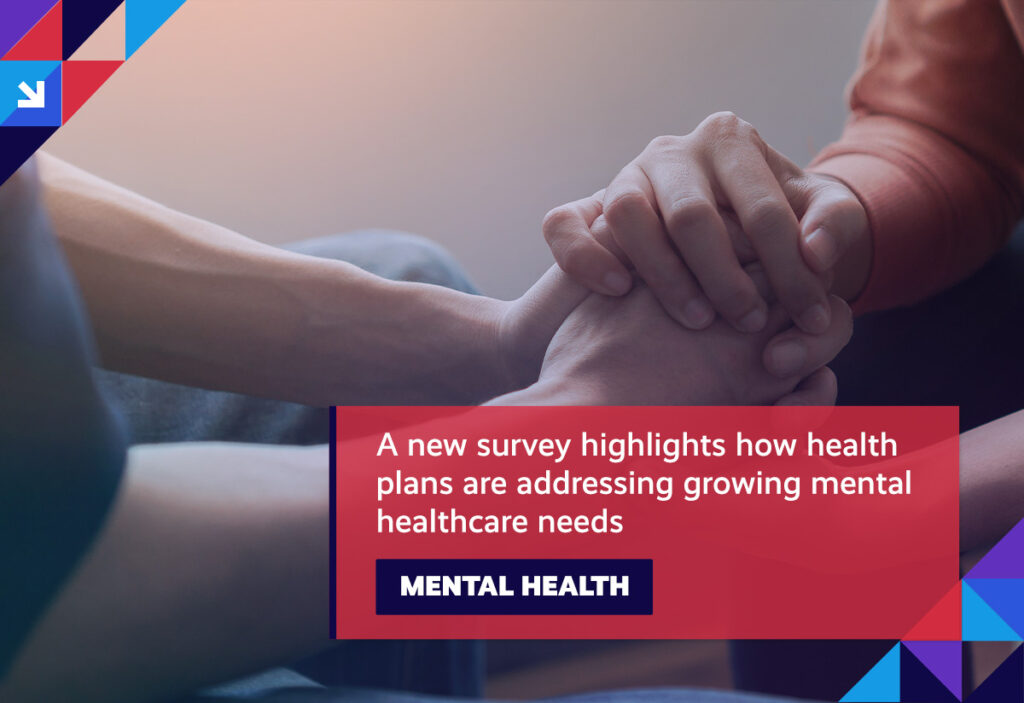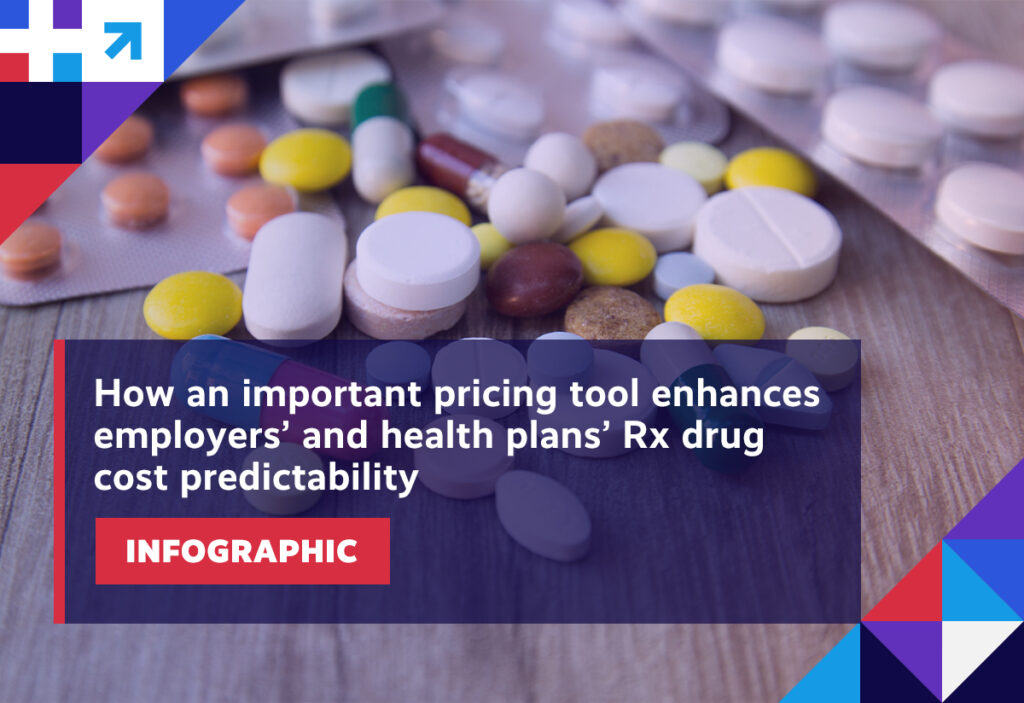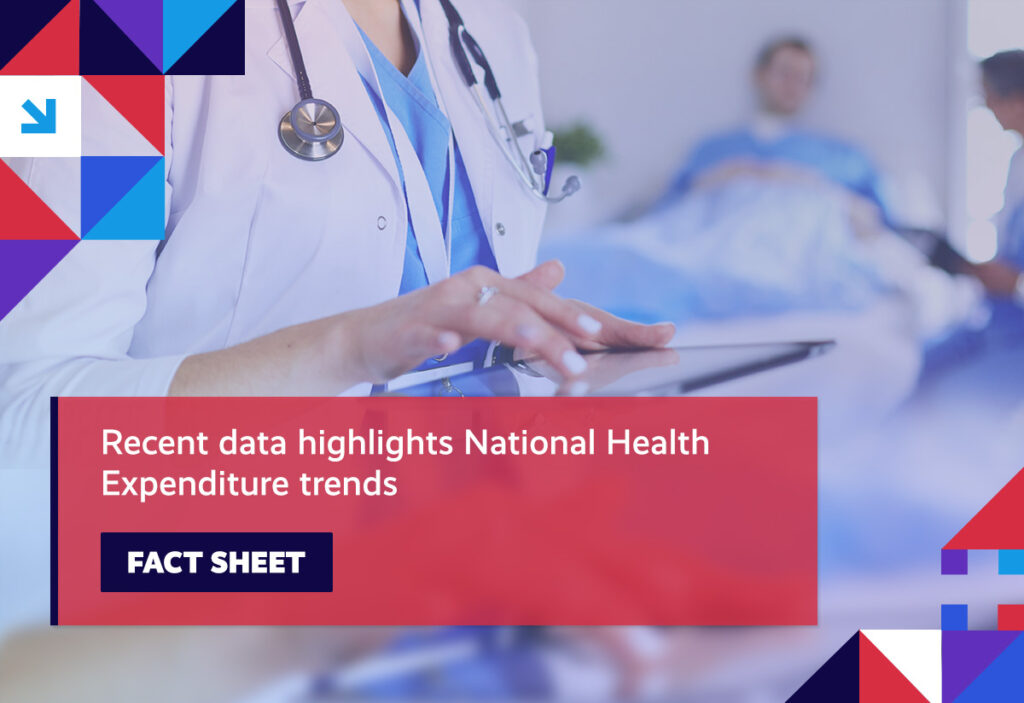Lawmakers pass a comprehensive legislative package with several key healthcare provisions; stakeholders remind policymakers of the work that’s already being done to bring down the cost of insulin; a new analysis details how Americans are managing rising healthcare costs; and, polling shows widespread support for one way of addressing those rising costs.
We encourage you to stay involved as implementation efforts surrounding healthcare reform progress. Visit the Health Action Network and be sure to let us know what’s on your mind.
Item of the Week

Week in Review
Reconciliation: After months of behind-the-scenes interparty negotiations, Senate Democrats finally passed their sweeping $740 billion reconciliation package last weekend along strict party lines, with Vice President Kamala Harris casting the deciding vote. Their House counterparts came back into town last week, passing the bill on Friday and sending it to the President’s desk, where it now awaits his signature. In addition to targeting climate change and taxes, the reconciliation package also includes several key healthcare provisions, including requiring the Secretary of the Department of Health & Human Services (HHS) to negotiate the prices for certain drugs in Medicare, capping out-of-pocket prescription drug spending for Medicare beneficiaries, and extending for three years the enhanced Affordable Care Act subsidies that Congress passed last year as part of the American Rescue Plan Act. Reaction to the bill’s passage was mixed, with stakeholders largely supportive of the enhanced subsidies being extended, but less so with regards to the introduction of price caps in the Medicare prescription drug space.
Insulin: As highlighted above, a handful of key healthcare provisions were included in Democrats’ sweeping reconciliation package. Notably absent, though, was a proposed amendment to cap insulin prices in the commercial market at $35 per month. However, the final bill did include that same cap for Medicare beneficiaries. With so much focus on the issue, stakeholders are reminding policymakers and regulators of the work that’s currently being done to ensure patients have access to affordable insulin. They’re also eager to point out that responsibility for the rising cost of the life-saving medicine, which studies have shown has spiked by 700 percent in just two decades, ultimately falls on the drugmakers, three of whom control 99 percent of the market.

Healthcare Costs: A new survey draws attention to how Americans are dealing with the issue of rising healthcare costs. The analysis, conducted by West Health and Gallup, shows that, in the past six months, nearly four-in-ten respondents had delayed or skipped healthcare treatments as a result of costs. This translates into an estimated 98 million Americans who have had to forego care because they couldn’t afford it. While so much of our attention has been devoted to the role that prescription drugs play in driving up healthcare spending, the data serves as an important reminder that it’s in fact hospital and physician payments that are the largest driver of overall healthcare costs. What makes this all the more worrying is the escalating hospital consolidation trend that continues to reshape the contours of our healthcare delivery model, leading to warnings of higher rates being extracted from health plans in upcoming contract negotiations. But, as recently covered, a new legislative package offered by Rep. Victoria Spartz (R-Indiana) seeks to address the address the issue of hospital competition and transparency.
Site Neutrality: On a related note, a separate poll highlights another important, albeit little discussed, issue regarding healthcare costs – specifically, the idea that where you get your care matters. Essentially, the issue stems from hospitals’ dishonest billing practices, which has seen providers charge patients more for the same health services depending on where that service is administered. Evidence has shown that both Medicare and private insurers end up paying higher reimbursement rates for healthcare services that are delivered in hospital settings as opposed to physician offices. This site of care issue is one that resonates with the public, as illustrated in the aforementioned recent poll in which the majority of people (72 percent) said that the price of these services should be the same no matter where they’re received.
Spotlight

| You can keep up with the latest by following the Health Action Network on Twitter and by liking us on Facebook. And, be sure to check us out on LinkedIn, too. As always, let us know if there’s something you’d like to see covered in a future newsletter. |
